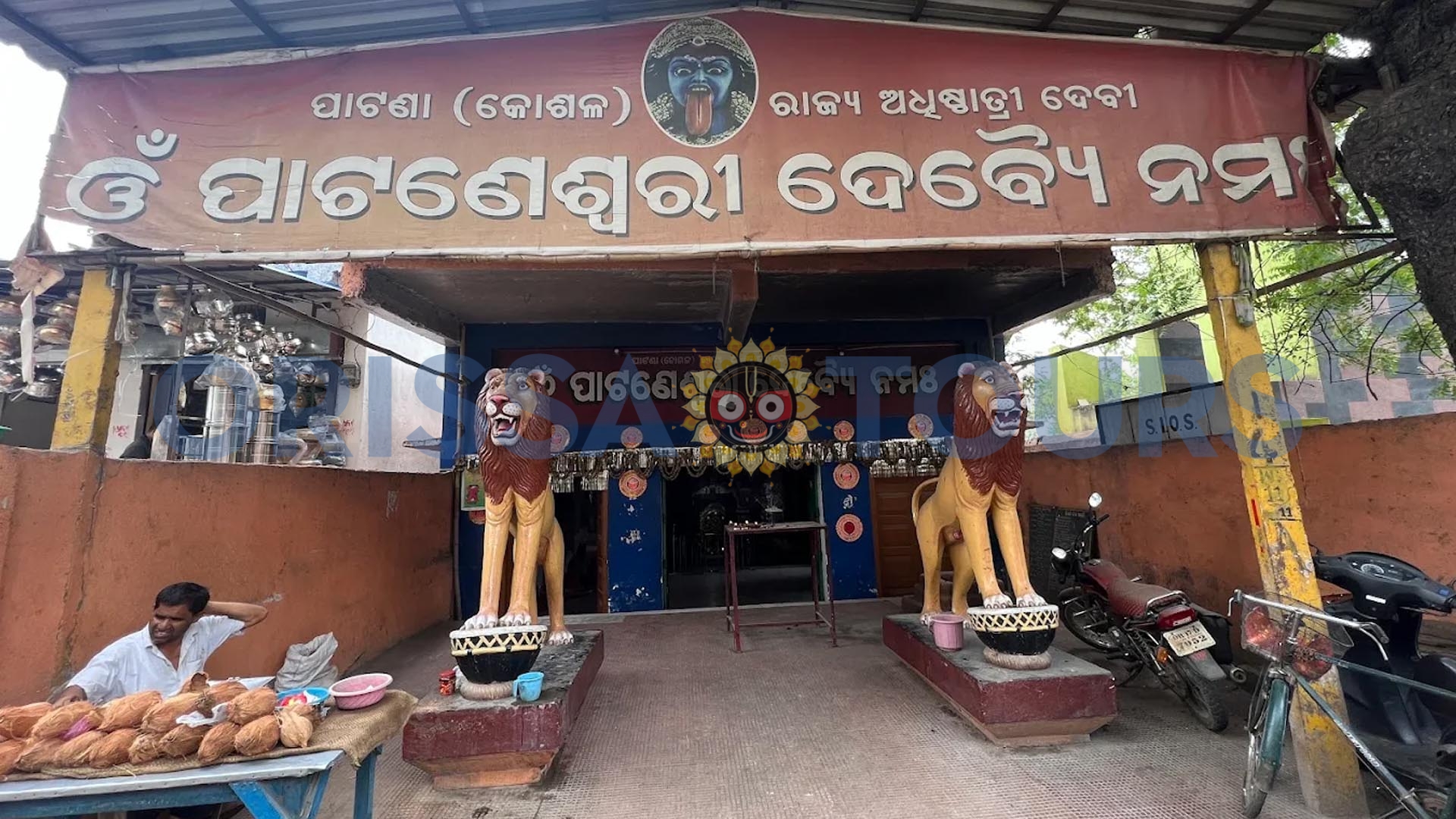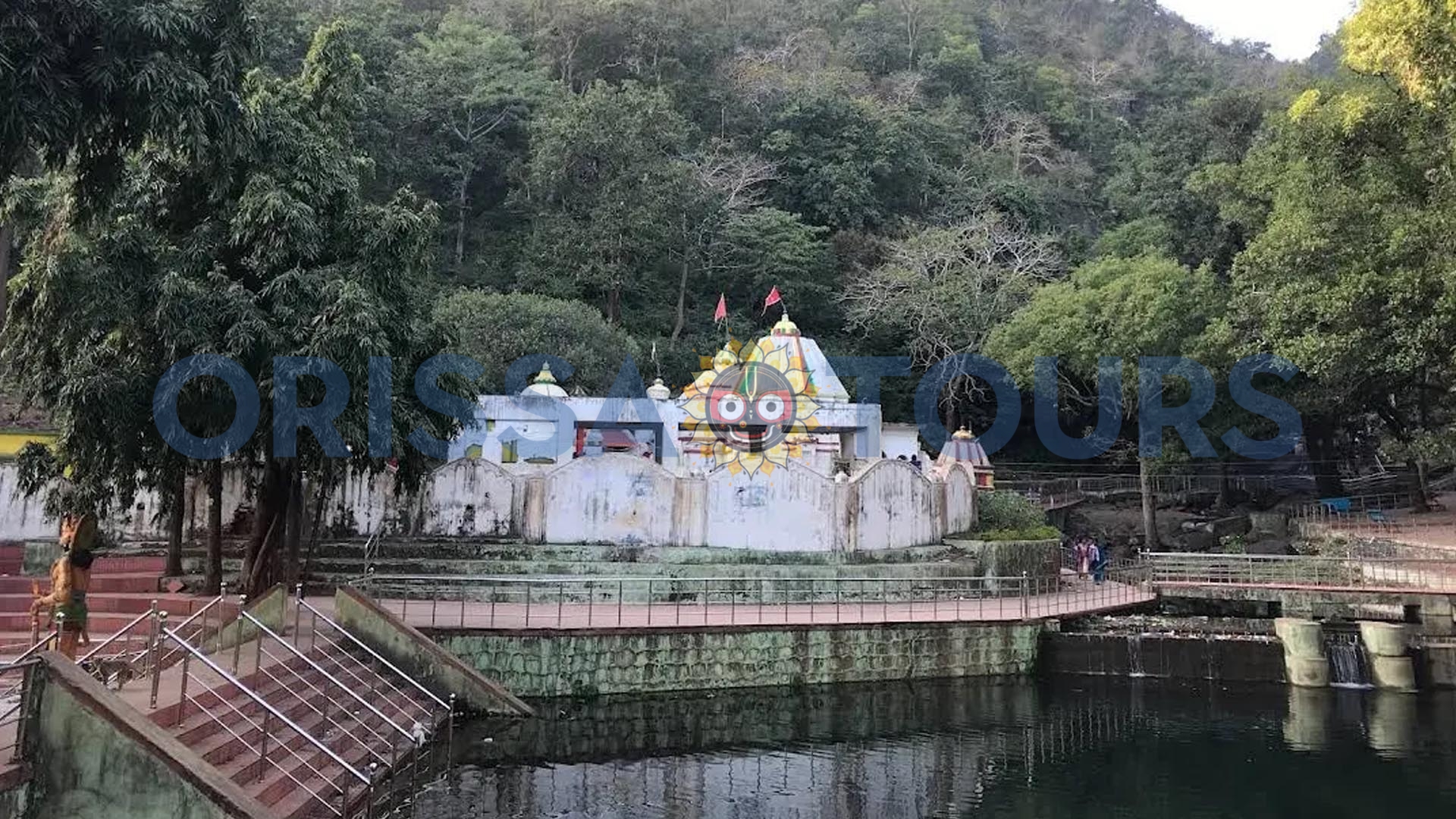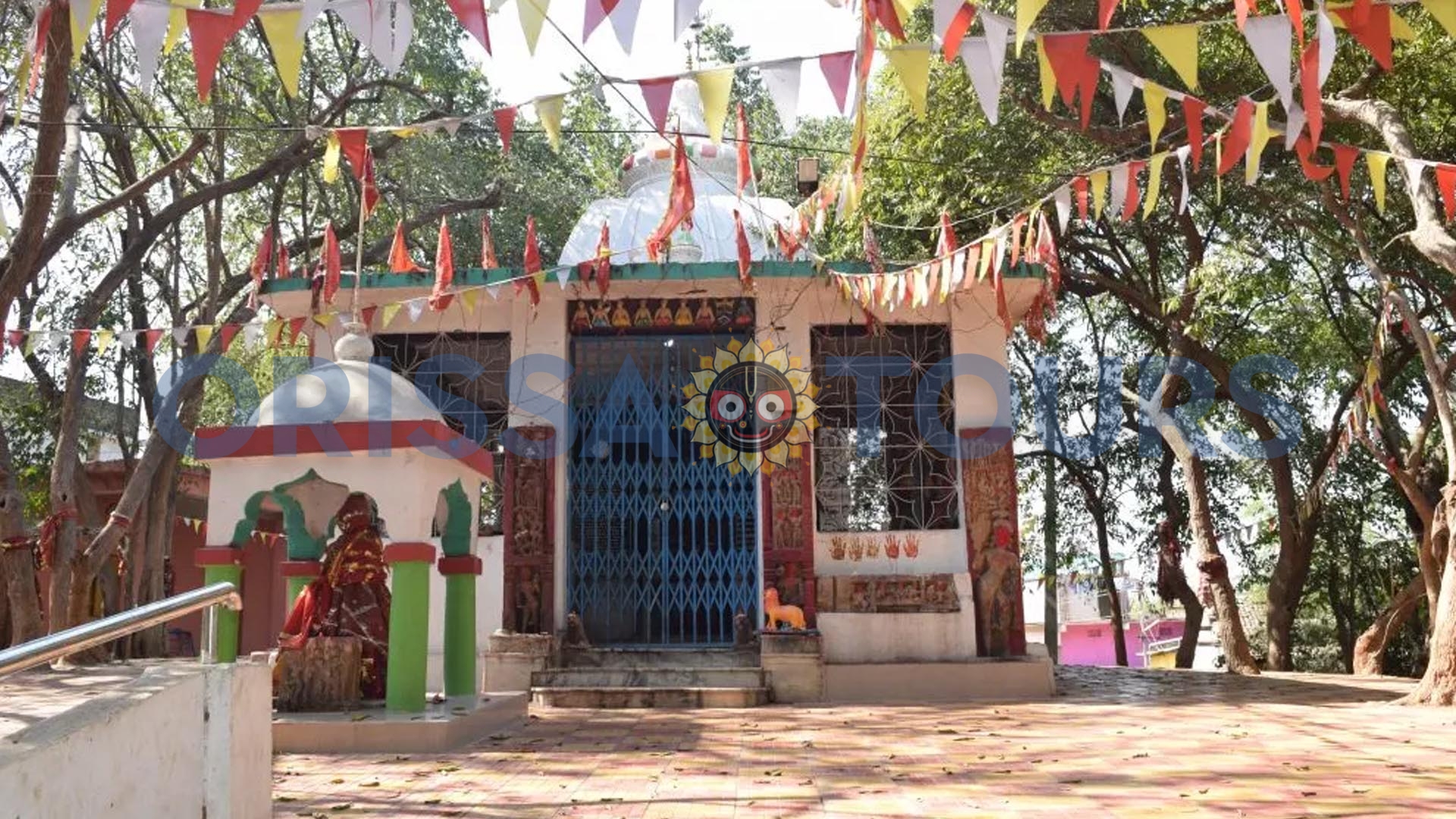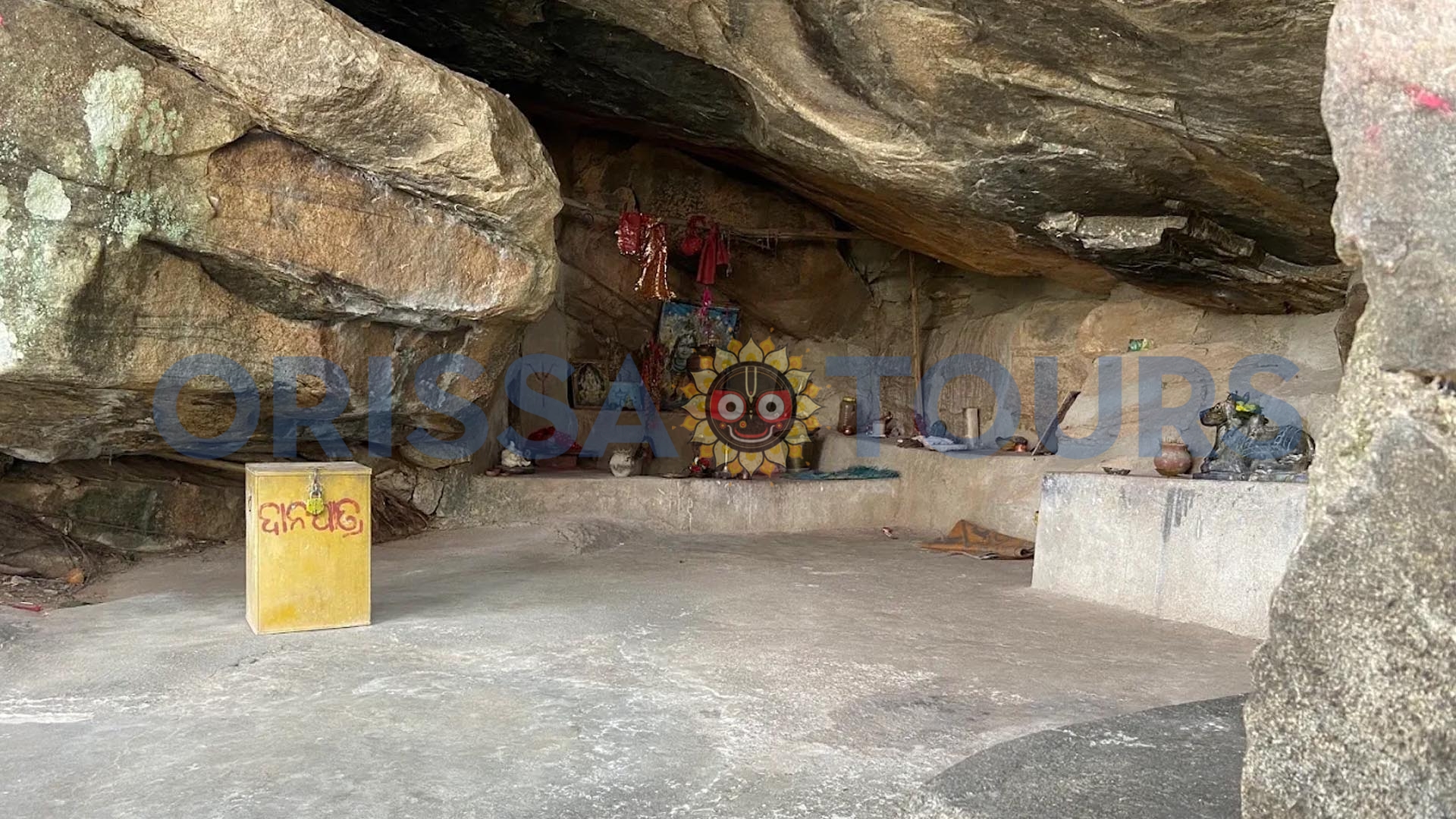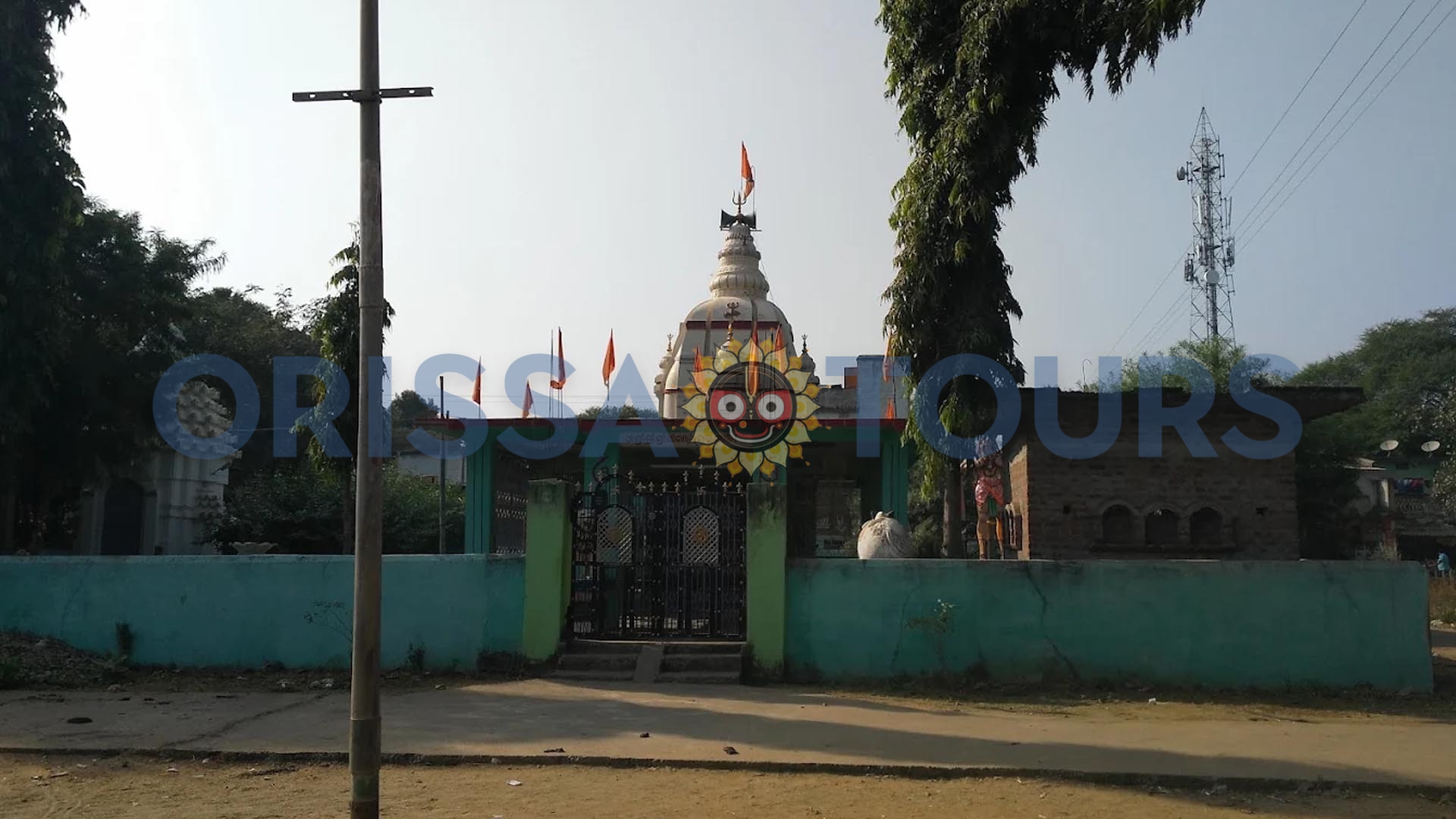Designed to be its permanent home, the Subarnameru Temple – also referred to as the Sonepur Temple – is on the Tel River banks and the revered temple in Sonepur town, Subarnapur district, Odisha (India), also known as the “Second Varanasi of India.” The rich historical and cultural significance, along with the natural beauty of the location, attract many pilgrims and tourists to this ancient shrine dedicated to Lord Shiva, the deity that the locals believe blesses all pilgrims toward both physical and spiritual well-being.
The temple’s name comes from the legend of rainfalls of gold coins, which were one of many divine tributes made to a devoted follower of Lord Shiva, and this blessing became known as “Subarnapur.” The Subarnameru Temple is known for its unique architecture and beautiful festivals, such as Mahashivratri, which continue to add uniqueness to Odisha’s already distinct culture and religion.

This review of the Subarnameru Temple pamphlet will incorporate this overview of the temple’s history, architecture, festivals, and role within the narrative of Subarnapur, including it as one of its main tourist attractions, and hopefully entice the reader to wonder about its ancient past.
Historical Significance of Subarnameru Temple
With historical ties to the Chauhan dynasty, Subarnameru Temple was built in the 17th century. According to legend, it was constructed by the illustrious trader Neuli during the reign of Raja Lal Sai Deo (1660–1680 AD). It was completed by Raja Baliayar Singh Deo. As discussed in Chapter 2, the Subarnameru Temple is linked to the wonderfully juicy legend of Lord Shiva showering gold coins on a devotee and naming this region Subarnapur (City of Gold).
Whatever the circumstances, the historical narrative adds another dimension of spirituality to the temple. As an important Shiva place of worship, the temple demonstrates Odisha’s cultural heritage and tantric traditions. Hence, it has some currency as which people sometimes refer to as the Second Varanasi.
Taking into consideration its historical connections with the Somavamsi rulers, and Paschima Lanka history written centuries ago by the region’s earliest sages, it is a meaningful place for history and for pilgrims to relationally engage mutual experiences of three centuries wrapped into histories of pilgrimage and divine interventions.
Architectural Features of the Temple
With its rekha vimana, pidha jagamohana, natamandapa, and ardha mandapa all situated on a low raised plinth, the Subarnameru Temple is an excellent example of Odishan architecture, showcasing both traditional and Mayur bhanj architecture. Located in Bairagarh, Khurda District, the temple directly faces the east, while the temple was designed in the 17th century by the then rulers of Odisha, the Chauhans, the structures unmistakably reflect very fine designs from the medieval ages.

The sanctum of the temple holds a revered Shiva lingam, connecting the worshipping experience with the sampled experience of the king’s lavishly adorned Lingaraj Temple in Bhubaneswar. The temple is on the banks of the Tel River, establishing a quiet backdrop for beautiful, serene views that enhance the aesthetic design of the temple.
The temple, under the purview of the Endowment Department of the Government of Odisha, is a well-maintained temple, great for an architectural visit. Overall, the mixing of spiritual symbolism and architectural welfare makes Subarnameru a delight among so many temples in Odisha to visit to gain some insight into artistic and religious values.
Festivals and Rituals at Subarnameru Temple
Subarnameru Temple is also at its busiest during festivals such as Mahashivratri and Kartik Purnima, with thousands of devotees traveling from throughout Odisha and sometimes further. Mahashivratri is the biggest festival. Devotees perform rites and rituals throughout the night and make offerings of flowers, milk, and bel leaves to Lord Shiva, generating a huge sense of spirituality.
During Kartik Purnima, thousands of devotees gather for special pujas, lighting of earthen lamps in memory of departed souls, and devotees have sacred baths in the river. Rituals surrounding the worship of Lord Shiva are offered at all times of the year, with songs and chants in honour of Lord Shiva accompanying the sacred flowers, milk, and bel leaves offered to the Shiva lingam.
Being on a river, there is a vibrancy and energetic feeling to all of the rituals and festivals the temple holds, continuing to make it a site of religious pilgrimage to continue and grow.
Call it religious tourism or pilgrimage, the festivals highlight not only some important aspects of the temple’s religious significance, but also honour the riverside spirituality and provide a space for community building, where pilgrims can experience the temple activities, rituals, and traditions in all forms.
Subarnameru Temple as a Tourist Attraction
The Subarnameru Temple is a major tourist attraction in Subarnapur, Odisha, which combines spirituality with scenic beauty. Located on the banks of the Tel River, the temple offers a peaceful setting for visitors, which has been said to be spiritually and culturally similar to Varanasi. Subarnapur, being close to notable places like the Rameswar Temple and Samaleswari Temple, makes Sonepur a desirable destination for religious tourism.
Subarnapaur is well connected by road and rail to other parts of Orissa (Balangir is the nearest railhead; buses can be taken from Bhubaneswar, Cuttack, and Sambalpur).
The scenic setting, the legend of the rain of gold coins, garner the tourist’s interest, but the attractions that extend to the beautiful Mahanadi ghats only support the natural beauty of the entire area. Subarnameru Temple should be a location for all who are exploring the culture, history, and spirituality Odisha has to offer.
Cultural and Spiritual Importance
The Subarnameru Temple is significant to culture and spirituality in the state of Odisha and is often called the Second Varanasi because of the cluster of temples and its tantric heritage. Subarnameru Temple is one of the most key Shiva temples where devotees come and pray, while achieving spiritual solace, and with the temple positioned next to a river, it certainly adds a refreshing spiritual ambience.
The temple and its riverside location contribute to the town of Subarnapur’s identity as a ‘Mandiramalini town’ (town of temples) and represent the long-established religious traditions of the area. The tale related to the temple’s title proves to adds to the spiritual draw of the location more than anything, symbolizing divine benevolence, the rain of gold coins.
Moreover, the Subarnameru Temple is important for preserving cultural heritage in Odisha, in which festivals and rituals or expressions strengthen the social fabric through community engagement. Whether someone is from Odisha or perhaps further afield than neighbouring states, Subarnameru is an important bridge between ancient times and contemporary devotion and is a keystone of spirituality in Odisha.
Why Visit Subarnameru Temple
Subarnameru Temple is not just a temple but a cultural and historical icon of Subarnapur in the State of Odisha. It stands in the history of Odisha because it has invited millions of travelers to its door to engage with the spirituality and beauty of this temple. Whether it is purely the legend of the rain of gold coins, the calm and welcoming banks of the Tel River, the celebration of vibrant festivals and poojas like Mahashivratri, or indeed the historical connotations of the Chauhan dynasty (the Second Varanasi), Subarnameru temple embodies a mixture of devotion and beauty that is unmatched.
Considering Subarnameru Temple is an easily consummated travel destination (inwards and outwards) and noting it is bordered by some other temples and shrines, this provides an attraction that traverses the unbelievable, worthy of recognition from pilgrims and tourists alike. Subarnameru Temple is an ideal travel spot when considering Odisha’s historical and cultural heritage.
When planning your travel itinerary, include Subarnameru Temple as proof of a site where past, present, and future collapse into the timelessness of past cultures. The article encourages individuals to come to Subarnameru to experience an oasis of wonderful stories, to revel in the spiritual energy, and explore the enduring essence of the sacred shrine as a relic of Odishian culture.
Tourist Facilities, Transportation, Tourist Attractions, How to Reach, Accessibility
Opening Time
Subarnameru Shiva Temple opening time is from Monday to Sunday, morning 6:00 am to Evening 8:00 pm.
Best Time to Visit
The best time to visit Sonepur Subarnameru Shiva Mandir is at all times of the year.
Closest Bus stand to Subarnameru Shiva Mandir
The Closest Bus stand is Sonepur, which is located around 02 KM distance from Subarnameru Shiva Mandir.
Closest Railway Station
The Closest Railway Station is Rairakhol, which is located around 70 KM distance from Sonepur Subarnameru Shiva Mandir.
Closest Airport to Subarnameru Shiva Mandir
The Closest airport is Veer Surendra Sai Airport, Jharsuguda, which is located around 146 KM distance from SSonepur Subarnameru Shiva Mandir, and is about 272 km from Biju Patnaik International Airport, Bhubaneswar.



